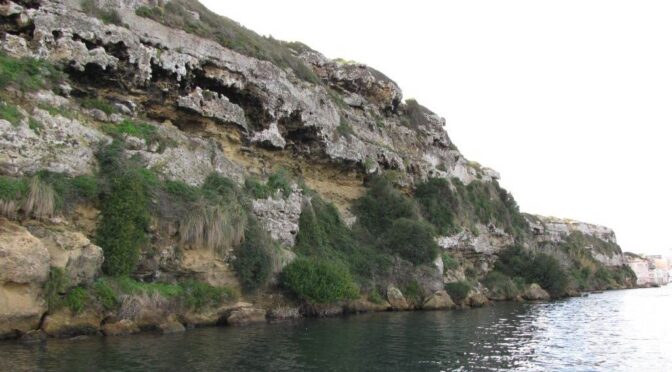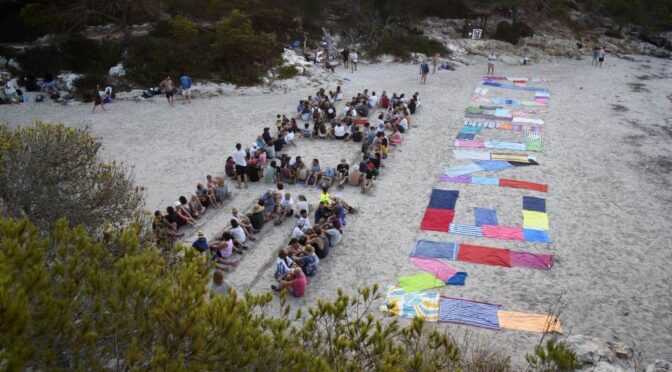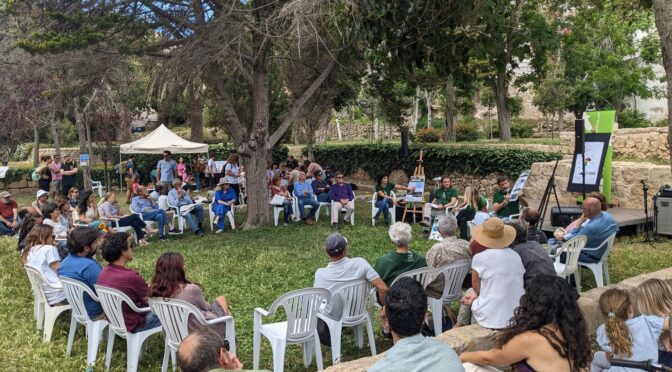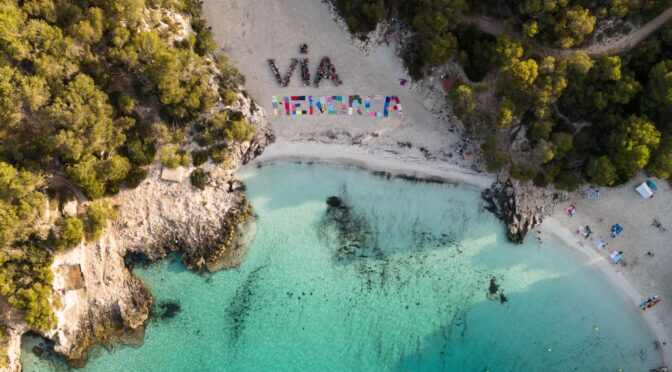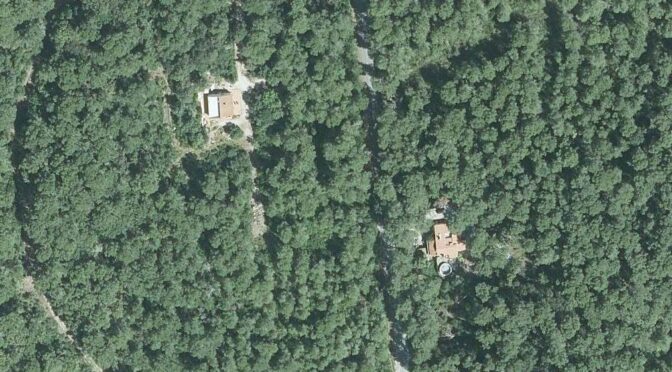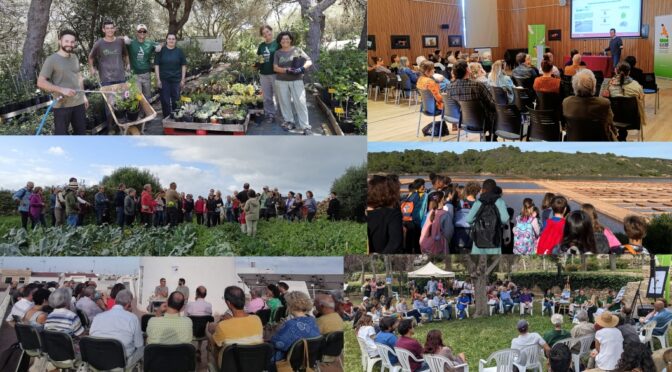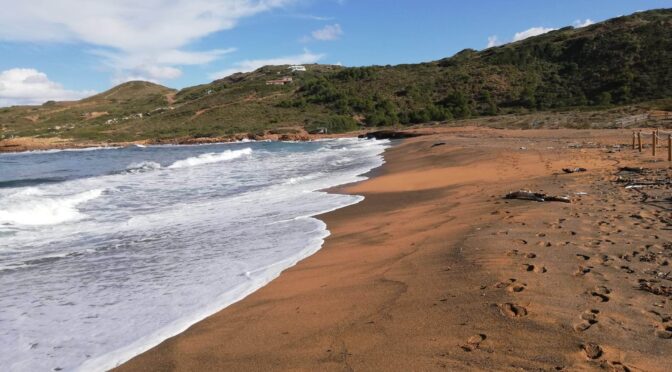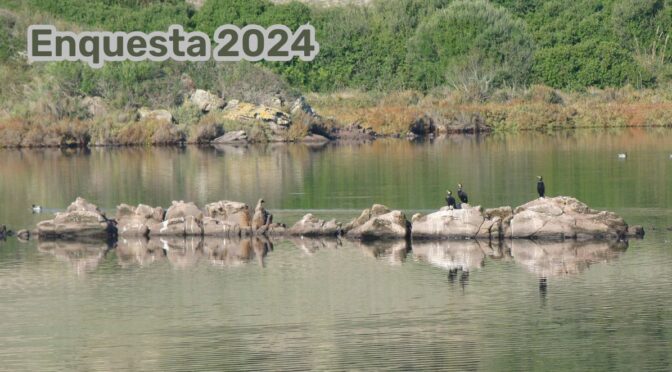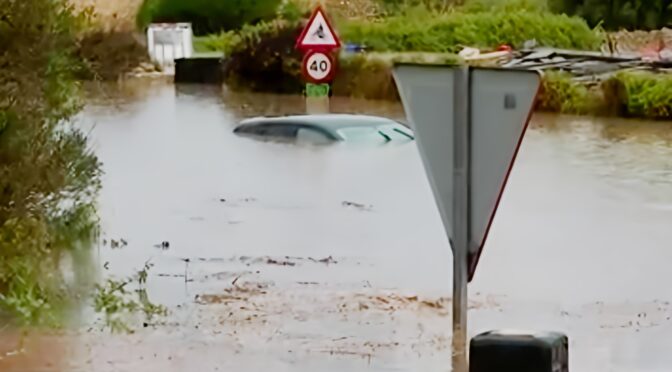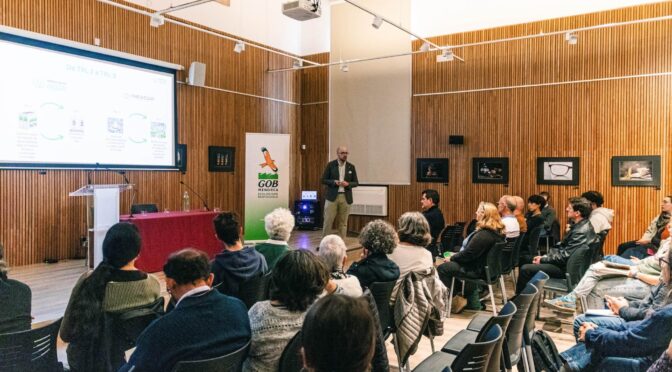Views: 1073
The Port of Maó is a result of Menorca’s great geological fault, the point where the stark contrast between the rocky mosaic of the Tramuntana region and the uniformity of the southern sandstone (marès) is most evident. This contrast is mirrored in the shores on either side of the port.

